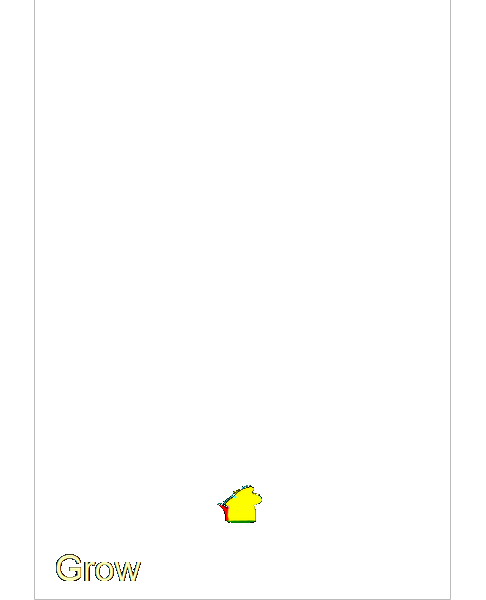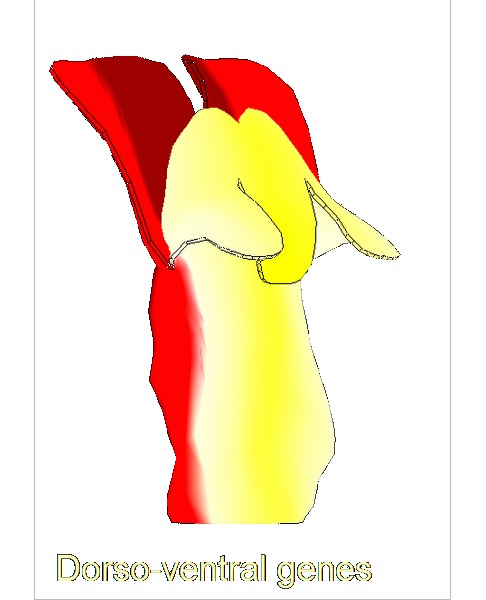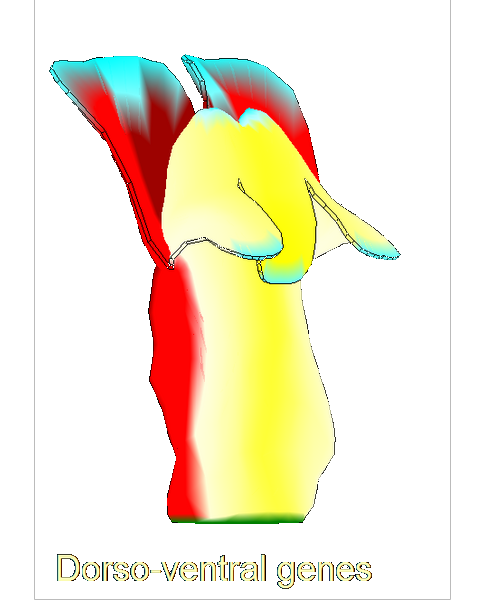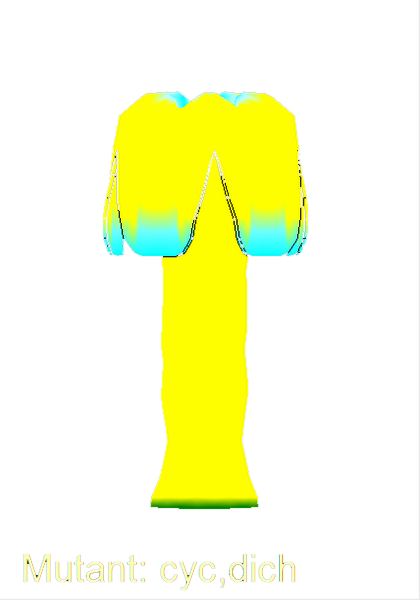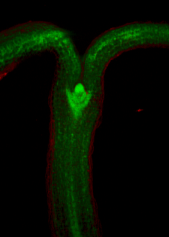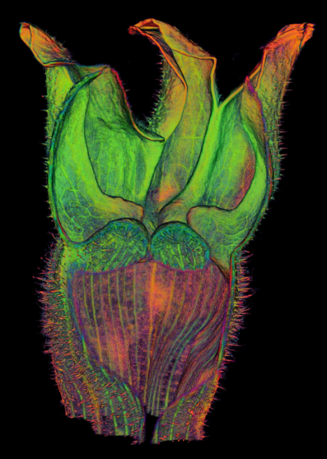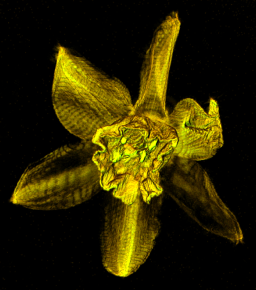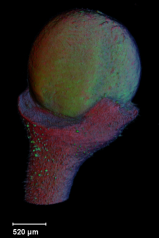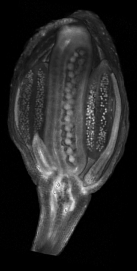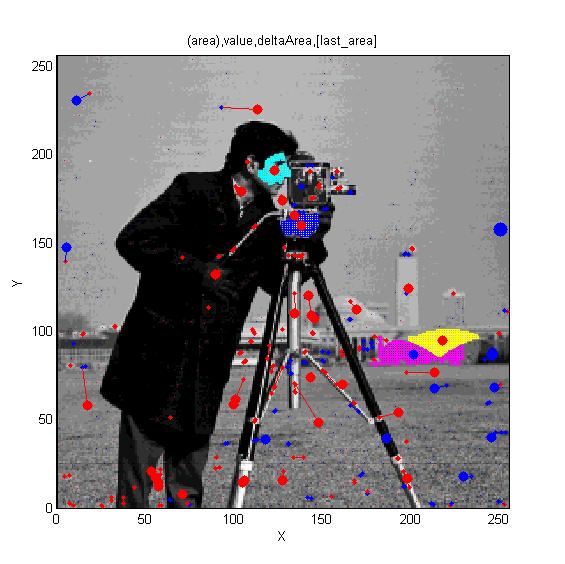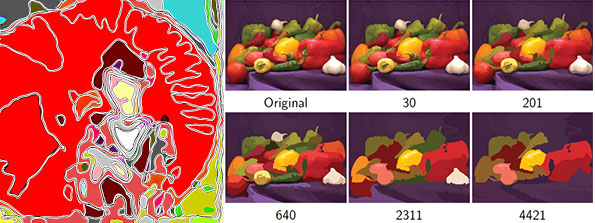Research: Difference between revisions
Jump to navigation
Jump to search

MORE
Have you seen the original paintings? Do they exist?.
No edit summary |
|||
| Line 1: | Line 1: | ||
=<span style="color:DarkGreen;">Computational biology</span>= | |||
=<span style="color: | |||
---- | ---- | ||
==<span style="color:DarkGreen;">Growing complex biological shapes from patterns of gene expression</span>== | ==<span style="color:DarkGreen;">[[Software#Quantitative understanding of growing shapes: GFtbox|<span style="color:Green;"> '''Growing''']] complex biological shapes from patterns of gene expression</span>== | ||
{| border="0" width=100% style="background-color:#000000;" | {| border="0" width=100% style="background-color:#000000;" | ||
|- | |- | ||
| Line 21: | Line 17: | ||
[[Software#Quantitative understanding of growing shapes: GFtbox|<span style="color:Green;">'''MORE'''</span>]]<br> | [[Software#Quantitative understanding of growing shapes: GFtbox|<span style="color:Green;">'''MORE'''</span>]]<br> | ||
==<span style="color:DarkGreen;">[[Software#Viewing and measuring volume images: VolViewer|<span style="color:Green;"> '''Viewing''']] three dimensional volume (microscopy) images== | |||
{| border="0" width=100% style="background-color:#000000;" | {| border="0" width=100% style="background-color:#000000;" | ||
|- | |- | ||
| Line 49: | Line 37: | ||
|} | |} | ||
<br> | <br> | ||
[[Software#Viewing and measuring volume images: VolViewer|<span style="color:Green;">'''MORE'''</span>]] | [[Software#Viewing and measuring volume images: VolViewer|<span style="color:Green;">'''MORE'''</span>]] | ||
==[[Software#Analysing shapes in 2D and 3D: AAMToolbox|<span style="color:Green;">'''Analysing'''</span>]] shapes: faces, leaves and flowers== | |||
'' | {| border="0" width=100% style="background-color:#000000;" | ||
|- | |||
[[Image:PortraitsMEANSsmaller.jpg|800px]] | |||
|-} | |||
<br> | |||
[[Software#Analysing shapes in 2D and 3D: AAMToolbox|<span style="color:Green;">'''MORE'''</span>]]<br> | |||
Have you seen the original paintings? Do they exist?. <br><br> | |||
=<span style="color:Navy;">Algorithms= | |||
==<span style="color: | ---- | ||
[[Image: | ==[http://cmpdartsvr3.cmp.uea.ac.uk/wiki/BanghamLab/index.php/Software#Art.2C_extrema_of_light_and_shade:_PhotoArtMaster<span style="color:Navy;">'''Vision''':] MSER's, extrema, filter-banks, Sieves and '''Scale-space'''== | ||
{| border="0" width=100% style="background-color:#ffffff;" | |||
[[ | |- | ||
|align="center"| | |||
[[Image:Cameraman_iso_topview.jpg|300px|AAMToolbox]] | |||
[[Image:Cameraman_iso_tree.jpg|300px|AAMToolbox]] | |||
|} | |||
[[Software#MSERs.2C_extrema.2C_connected-set_filters_and_sieves|<span style="color:Navy;">'''MORE'''</span>]] | |||
=<span style="color:Navy;"> | ==[http://cmpdartsvr3.cmp.uea.ac.uk/wiki/BanghamLab/index.php/Software#Art.2C_extrema_of_light_and_shade:_PhotoArtMaster <span style="color:Navy;">'''Applications'''</span>]' <span style="color:Navy;">of non-linear filter banks (sieves) and the art of light and shade</span>== | ||
{| border="0" width=100% style="background-color:#ffffff;" | |||
{| border="0" | |- | ||
|- | |align="center"| | ||
| | [[Image:Colour_sieve.jpg|600px|AAMToolbox]] | ||
|} | |} | ||
These images were produced from photographs using '''ArtMaster''' (formally known as '''PhotoArtMaster'''). The software received many favourable reviews when it was released (e.g. [http://graphicssoft.about.com/cs/photoart/gr/photoartmasterg.htm "This software can give you a lot of satisfaction from your everyday photos"], [http://graphicssoft.about.com/library/products/aafpr_photoartmaster1.htm] | |||
The | |||
The | [http://cmpdartsvr3.cmp.uea.ac.uk/wiki/BanghamLab/index.php/Software#The_final_version_of_the_Windows_ArtMaster2.0_is_downloadable_here_with_no_support The final (so far unpublished) version of ArtMaster including code is downloadable from here.] I cannot provide support but quite of lot of documentation is available within [http://cmpdartsvr1.cmp.uea.ac.uk/downloads/software/SieveWebPages/a4a_2_screensize.pdf <span style="color: Chocolate">''''this document''''' </span>] | ||
= | [http://cmpdartsvr3.cmp.uea.ac.uk/wiki/BanghamLab/index.php/Software#Art.2C_extrema_of_light_and_shade:_PhotoArtMaster <span style="color:Navy;">'''MORE'''</span>] | ||
< | |||
==<span style="color:Navy;">Reaction-diffusion and morphogenesis - the growth of shapes== | ==[[Software#Reaction-diffusion and morphogenesis| <span style="color:Navy;"> '''Reaction-diffusion'''</span>]] <span style="color:Navy;">and morphogenesis - the growth of shapes== | ||
{| border="0" width=100% style="background-color:#000000;" | {| border="0" width=100% style="background-color:#000000;" | ||
|- | |- | ||
| Line 88: | Line 80: | ||
[[Image:tentacles_morphogenesis.png|600px]] | [[Image:tentacles_morphogenesis.png|600px]] | ||
|} | |} | ||
<br> | This image forms part of a 'journey' in the Science Museum of London's 'Journeys of Invention' [http://www.sciencemuseum.org.uk/journeys iPad app.]<br><br> | ||
[[Software#Reaction-diffusion and morphogenesis|<span style="color:Navy;">'''MORE'''</span>]]<br><br> | [[Software#Reaction-diffusion and morphogenesis|<span style="color:Navy;">'''MORE'''</span>]]<br><br> | ||
Latest revision as of 12:57, 14 April 2014
Computational biology
Growing complex biological shapes from patterns of gene expression
Viewing three dimensional volume (microscopy) images
Analysing shapes: faces, leaves and flowers

MORE
Have you seen the original paintings? Do they exist?.
Algorithms
Vision: MSER's, extrema, filter-banks, Sieves and Scale-space
Applications' of non-linear filter banks (sieves) and the art of light and shade
These images were produced from photographs using ArtMaster (formally known as PhotoArtMaster). The software received many favourable reviews when it was released (e.g. "This software can give you a lot of satisfaction from your everyday photos", [1]
The final (so far unpublished) version of ArtMaster including code is downloadable from here. I cannot provide support but quite of lot of documentation is available within 'this document
Reaction-diffusion and morphogenesis - the growth of shapes
This image forms part of a 'journey' in the Science Museum of London's 'Journeys of Invention' iPad app.
MORE
